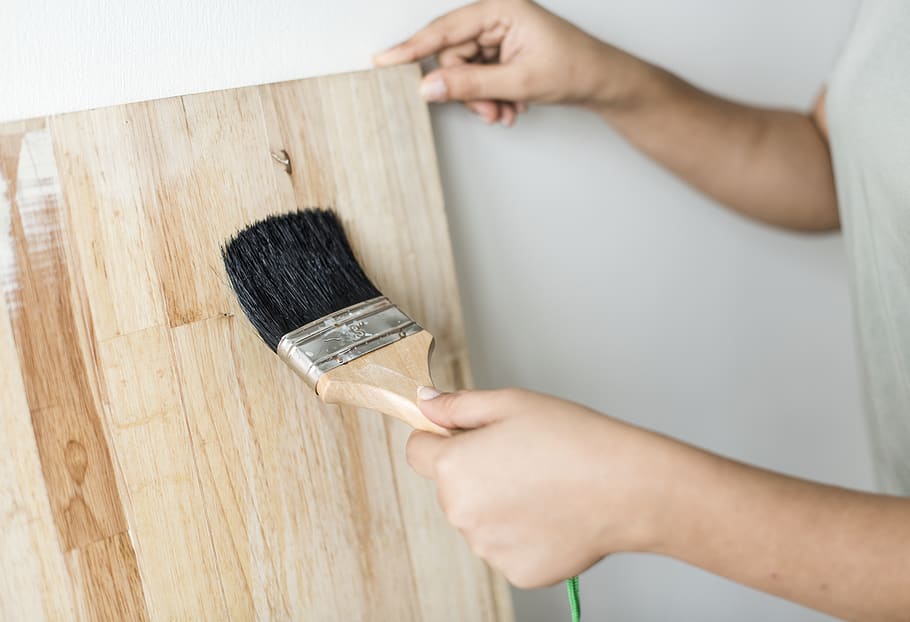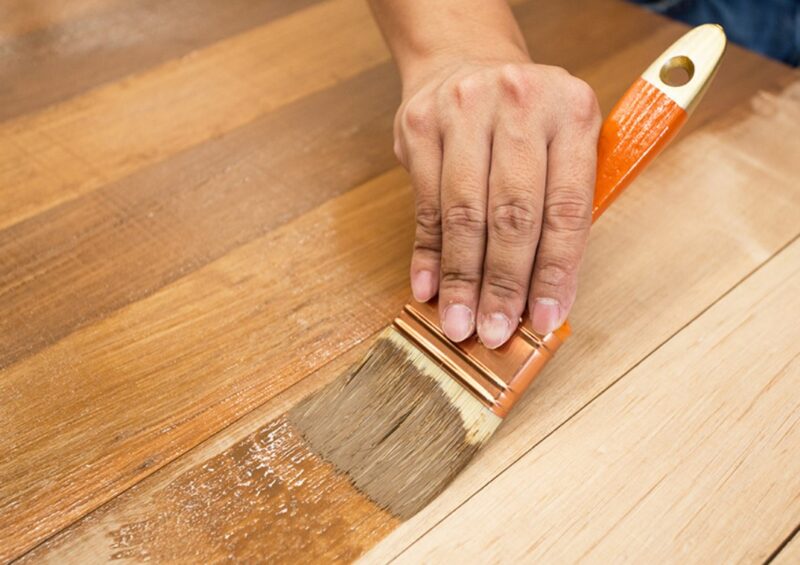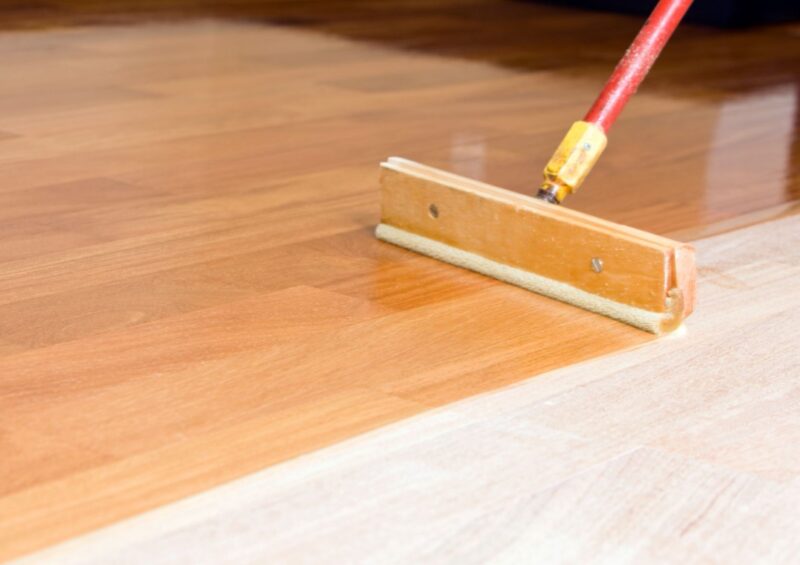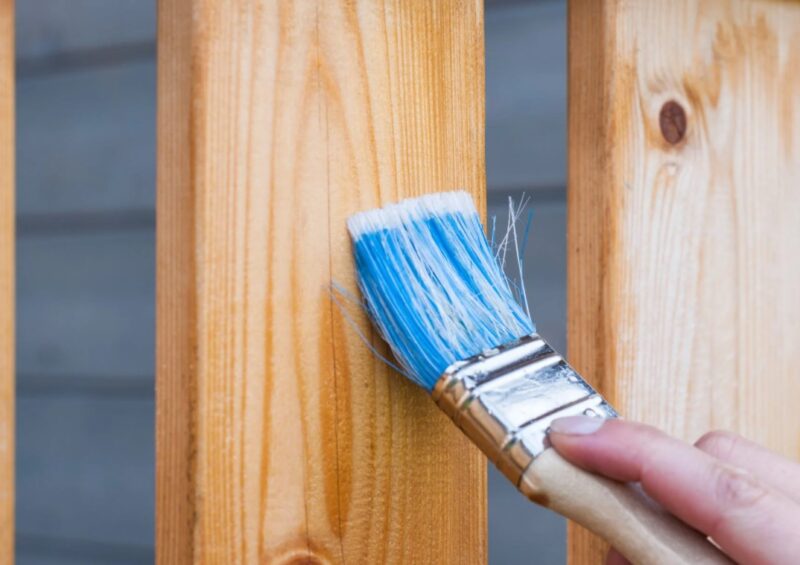Working in construction implies having to deal with all sorts of materials and practices. Almost every different type of surface has its own set of techniques and it matters a lot what and how you perform certain aspects of construction. For example, wood is one of the most well-known materials as well as the most wanted. It is expensive, yet beautiful, but difficult and needy to work with and maintain. This is especially true when liquids and humidity are involved. When there is wood to be worked with, there must always be a sealer present to protect it from absorbing spillage.
But how do you choose the correct sealer? What are sealers actually and what do they do? If you want a smooth and appealing surface on the wood you have to know which product to go with.
Worry not, as in this article we will tell you all you need to know. More particularly, we will bring to you the differences between two most popular ones available, sanding and polyurethane sealers. Read on to learn about both of these as well as to find out which one is better in what aspect. By the end of the article you will learn whether you require sanding for your services, or perhaps polyurethane sealer.
What are They Exactly and What are They Used For?

Before comparing the differences, we must first talk about each of the two in more detail. In order understand what makes them different you must first know what each of the two is. Wood sealers are products that are applied as protective coatings to raw wood. Once applied, the coating fulfills several different functions. Some of these purposes include protecting the wood from liquid damage, decreasing the harmful UV rays, preserving the natural look and beauty of wood, providing an additional coat between wood and other finishes, and extending the overall life of the wooden construction. Sealers can either be based on water or oil and there are many types. In the following sections we compare two of them, sanding and polyurethane.
Get to Know the Types

When wood is exposed to liquid, it rises. This causes different issues, from damaging the wood to ruining the aesthetics. The raised part needs to be sanded if a smooth finish is to be achieved again, a daunting process that often requires more than one session. In order to prevent too many coats, the sanding sealer is used. Simple to sand, it gives you the chance to apply coating more easily. It does not even matter if there are pore fillers.
Here we have a very durable sealer, completely resistant to water, that can be applied as the very last finish on furniture, as well as floors and fences. Basically, if there is a wooden furniture that needs water protection, polyurethane is applicable. However, it can be quite thick and it dries hard, which prevents it from the use on high-end, expensive furniture. Oil varieties make the wood glow and they tend to turn yellow over the years. Those based on water are clear and they remain clear forever. Both are great at protecting wooden material from spillage and humidity for more than ten years. When they are sanded, they flake a bit though.
Positives and Negatives

Now that you know more about both of these sealers, let us not talk about the positive and negative sides of each. We start with sanding sealer pros and cons. The positives are quite clear and they include ease of application, quick drying, less total work time, and less money spent on top coats. On the negative end there are incompatibilities with every type of topcoat and the inability to be used as the final finish on wooden surfaces. The pros outweigh the cons with sanding sealers in most situations where it is a legitimate choice, which is evident by its popularity among woodworkers and contractors. A single coat of sanding sealer is enough to eliminate the need for multiple lacquer coats. It can even act as two coats of lacquer, meaning one sanding sealer and three lacquer coats are better than five lacquer layers.
Polyurethane is definitely more durable than sanding sealers and this is one of its biggest pros. Apart from water resistance, it is also resistant to scratches which means it protects wood in more ways than one. Since it dries very hard, it handles a lot of wear and tear over the years and lasts for a long time. Also, polyurethane can be applied in a few different ways. Regarding the negative side of things, it takes a very long time to completely dry which prevents its use in certain situations. Also, it emits a lot of volatile organic compounds. This happens quite a lot whenever you have to sand it. When it comes to coating, water-based polyurethane raises the grain meaning there is a need for more coats. Oil-based varieties do not have this issue and two or three coats are enough on a well-sanded bare wood.
Conclusion and Takeaways
So is one of these ultimately better than the other and what would the final verdict be? Well, it is not really a fair comparison from the very start. Just like with many other similar questions, what you are working on dictates what type of product you need to use. If you usually deal with more porous wooden pieces and bare wood that needs to be turned into something and then given a neat finish, sanding types should do the trick. On the other end of the spectrum is the polyurethane variety that works with any type of wood. It is very durable no matter what, across any wooden material whether it is furniture, flooring, fences, etc. Porous or not, it does not matter. Still, it is best when used without any additional coating and sanding. You cannot go wrong with either if you know exactly what your current project needs to look like and what it needs to be safe from.


